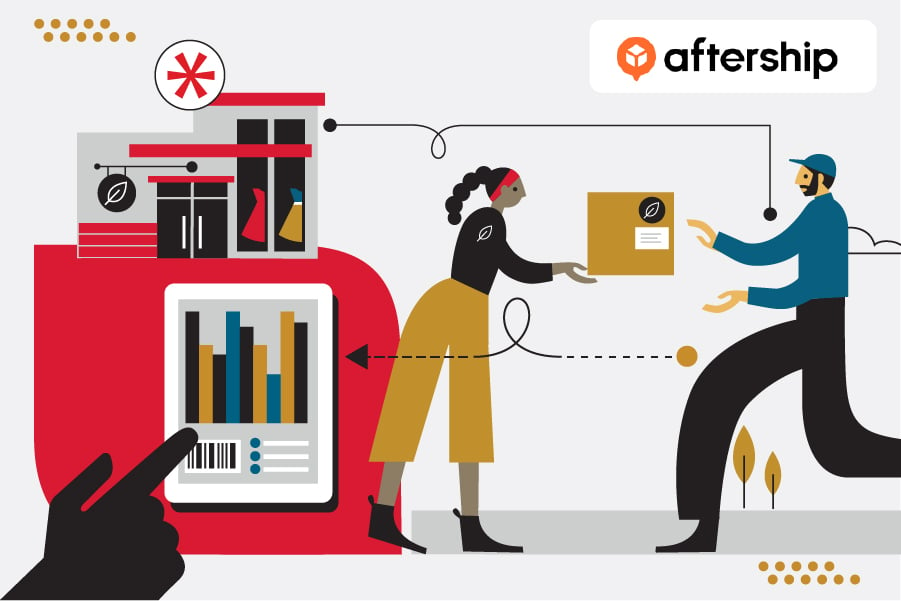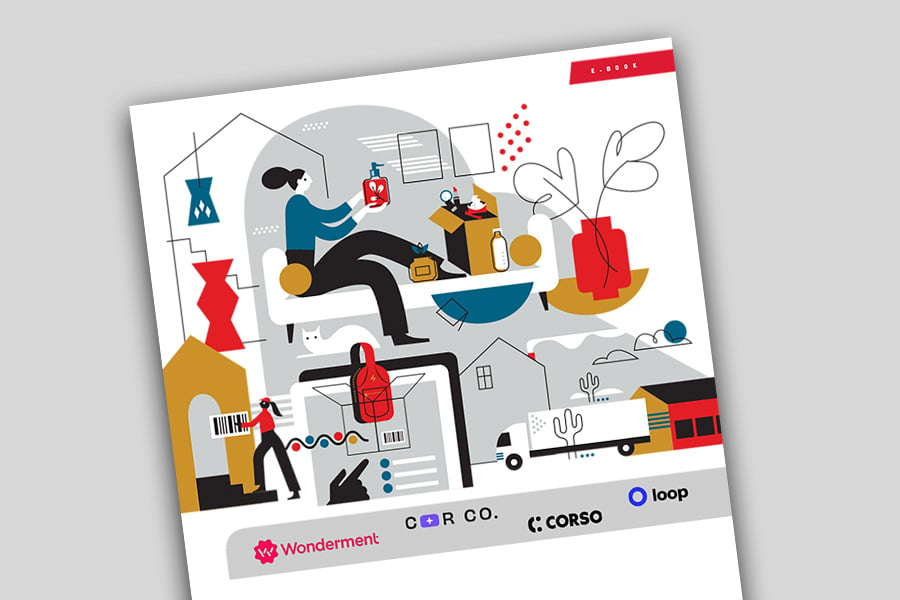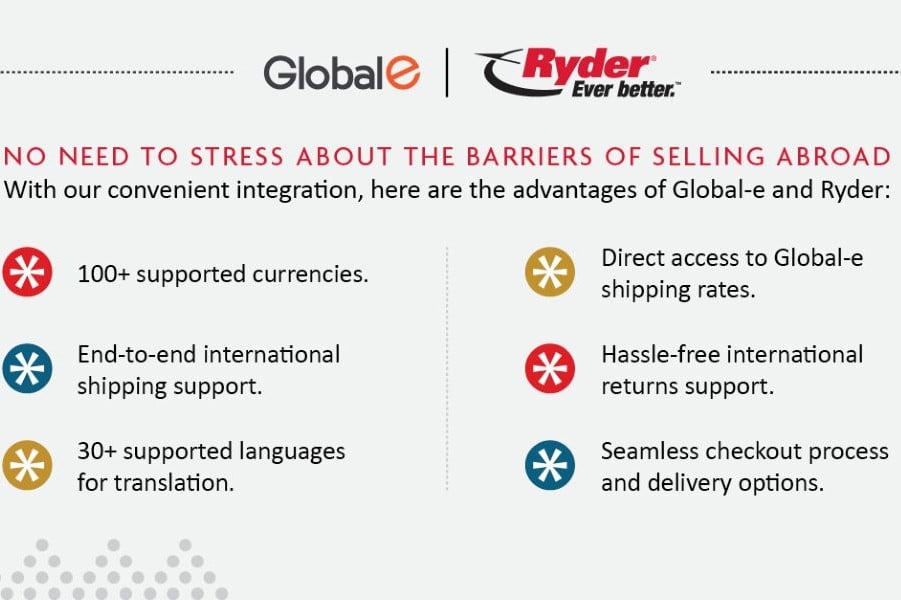The pandemic was a major accelerant for direct-to-consumer (D2C) ecommerce selling, a business model where brands sell directly to customers without the involvement of intermediaries such as distributors or wholesalers.
On the other hand, a wholesale model is where suppliers or manufacturers sell their goods in bulk to a retailer. The retailer acts as a middleman to market and sell these products on behalf of the brand to their own customers, handling much of the heavy lifting around distribution, access to customers, pricing, and merchandising.
The allure of D2C selling has enticed brands from Nike (once a startup distributor before it began making its own athletic shoes), to digitally-native startups like the slew of brands in the early 2010s including Warby Parker, Everlane, Dollar Shave Club, and Bonobos that sprung up to capture the burgeoning online-savvy consumer.1
D2C selling gives brands 24/7 access and virtually unlimited reach to attract and carve out niche audiences, with full control over pricing, product assortment, and merchandising, among other benefits. While D2C selling has the potential to put more money directly into the hands of the brand, this depends on their channel strategy and any number of variables. Recent analysis by BMO Capital Markets looked at a range of apparel and footwear vendors, and found that D2C actually results in lower earnings before interest and taxes (EBIT) versus wholesale.2
The failure rate of ecommerce businesses isn’t officially tracked in the U.S., but one estimate by Marketing Signals suggests the failure rate of these businesses is as high as 90% after the first 120 days.3
Why? Let’s take a look at some of the leading challenges that D2C brands are facing:
1. Technology and digital applications
Today’s D2C sellers must have every major touchpoint of the customer experience covered—both pre-purchase and post-purchase—with digital solutions and automation. This means responsive and mobile ecommerce enabled website design, integrated marketing technology that can personalize and integrate with other channels, visibility into inventory and orders, flexible and digital payment options, and data privacy protection, among others.
Conquering technology barriers on the path to growth as an online brand requires more brain than brawn. Fledging brands may choose the wrong technology partner(s) and take development shortcuts, leaping too fast without thinking through their marketing and technology strategies first.
Fortunately, ecommerce platforms like BigCommerce and Shopify offer the basic platforms to build and maintain an ecommerce website. From there, brands can choose from a variety of APIs to enable their ecommerce platform to share information—such as order management, pricing information and customer data—to other applications.4 But while these solutions provide the connection between services, APIs and plug-ins aren’t a panacea for D2C success.
2. Building brand awareness without a store presence
Within the gamut of marketing challenges, one of the biggest for D2C brands is building brand awareness without a store location. Selling without a physical presence requires more marketing heft than wholesale when many consumers prefer to discover products up close and personal in stores. Outside of overnight sensations, D2C brands without wholesale distribution at retail stores require diligence, a solid marketing strategy, and in-depth audience research to create the impressions and outreach needed to capture and retain customers.
Even when a strictly DTC brand achieves a level of success, relying on just an online presence without a physical store presence, or at least the occasional pop-up, is difficult to maintain when new customer growth slows and customer attrition rates suffer. For those brands fortunate enough to have wholesale distribution at retail stores, maintaining those connections only provides more brand awareness and exposure to new customers.5
3. Managing fulfillment
While it may appear more cost-effective to develop an in-house fulfillment operation, especially when order volumes are low enough to stay on top of orders coming in, costs quickly mount when you consider inventory storage, order processing, picking/packing, shipping, and returns processing. But much more is at stake in fulfillment than cost: the fulfillment and delivery experience shapes much of the customer experience, risking your brand’s reputation if you don’t get this right.
This is why scalability is a key feature to seek in a 3PL fulfillment partner. Look for visibility into inventory and orders. An advanced warehouse management system (WMS) and order fulfillment system (OMS) require integration, allowing merchants to view and manage inventory in real-time wherever it’s located.6
A modern OMS allows merchants, not just the fulfillment provider, to manage sales, orders, inventory, and fulfillment, enabling improved customer experiences. Scalability is also about infrastructure with DCs or warehouses in the right market or region(s) to ensure the merchant can meet customer expectations for short delivery times.
Lastly, selecting the right 3PL partner with expertise in both D2C ecommerce fulfillment and wholesale retail markets can be a path to growth as a brand stretches beyond D2C selling. Benefits include shared resources across operations and facilities to manage orders across multiple channels.




